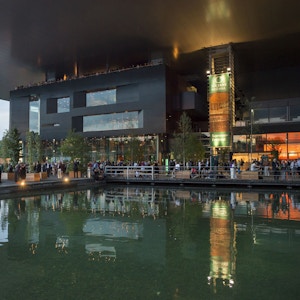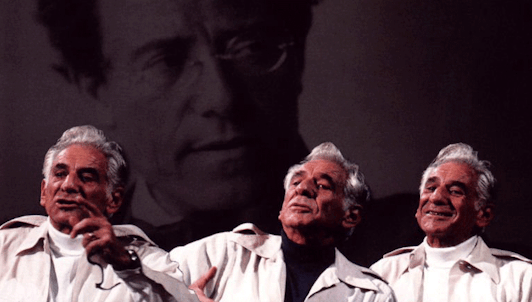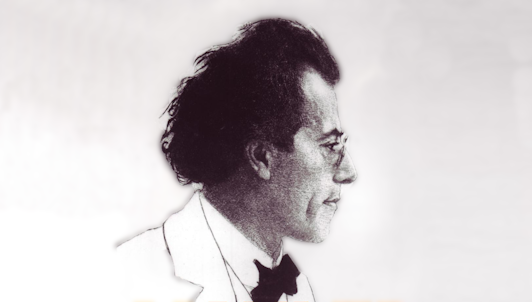With the Sixth Symphony performed on August 10th 2006, Claudio Abbado continues his Mahlerian quest which has marked year after year since 2003 the historical concerts performed at the Lucerne Festival.
Mahlerian through and through, Abbado has repeatedly worked on the symphonies of the Viennese composer whom he discovered very young when studying in the Austrian capital. This very Italian conductor, born in Milan in 1933, who was for fifteen years the director of the Scala, trained in Vienna with Hans Swarowsky and is extremely familiar with the culture of Central Europe, from the literature to the fine arts.
"The only Sixth Symphony, in spite of the Pastoral" Alban Berg said of this work by Mahler, thus placing it above Beethoven's Sixth Symphony. Premiered under the direction of the composer in 1906 in Essen, it is has a "classic" structure with four movements. Mahler changed several times the order of the two central movements, the Scherzo and the Andante, and finally chose to play the Andante in third position, an order that was definitive for him, as he explained to the conductor Mengelberg. However, this is not Claudio Abbado's choice, who prefers to place the Andante just after the first movement. This is not without importance since it is rare to hear today the Sixth Symphony played like this, and it confers another value on this bold version by Claudio Abbado.
This page of intense darkness, concise and terse, of which Adorno said, "all's bad that ends badly," the Italian conductor chooses to expose under an Apollonian light, with the balance and elegance that characterise him. Here again the conductor shows boldness by seemingly refusing to exploit the overly tragic aspect of the work, and the Lucerne Festival Orchestra, as brilliant as usual with all the stars that compose it, follows him like a single man.





